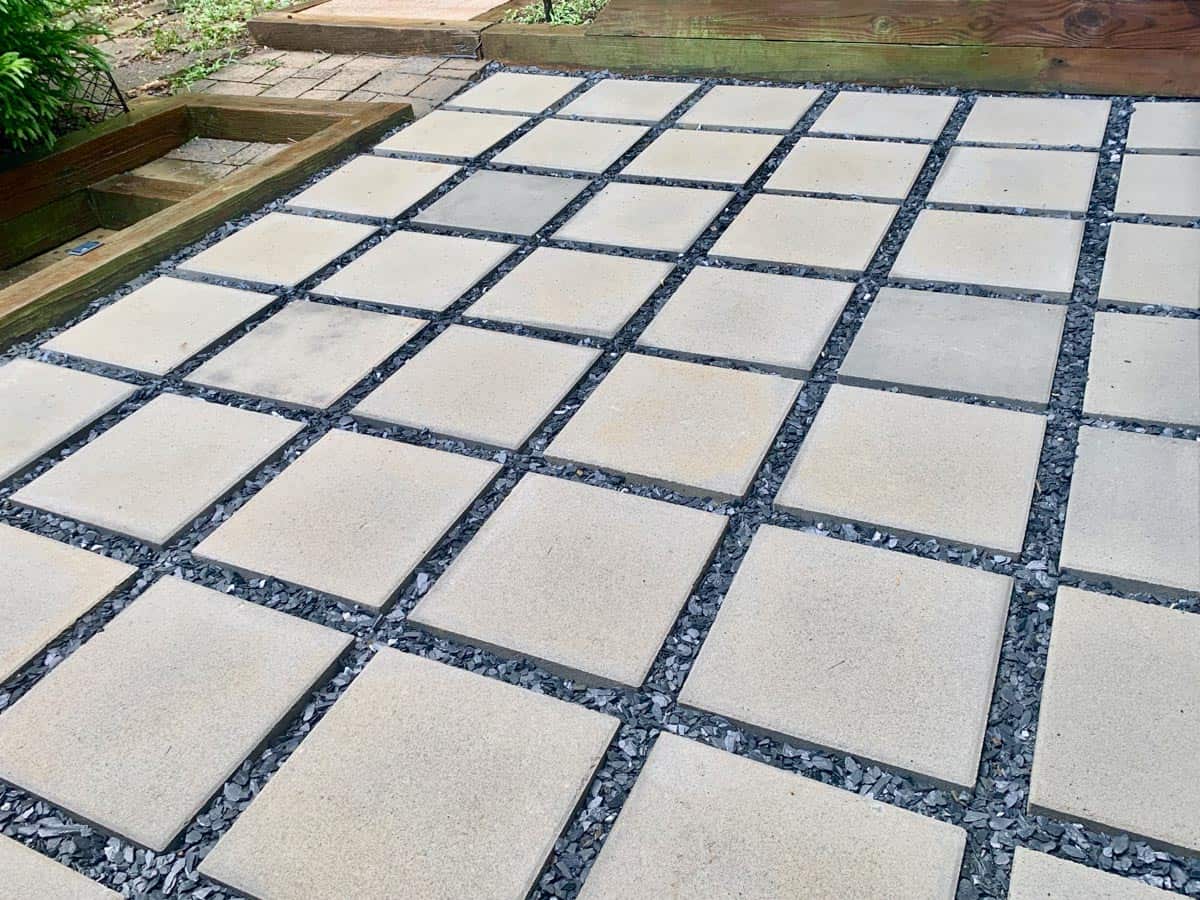
A paver is a type of paving stone, typically made of concrete or asphalt, that is used to create smooth, level surfaces. Pavers are usually available in a variety of colors, sizes, and textures, and can be used to create patterns or designs.
How to clean pavers
Pavers can be an attractive addition to any home, but they can also be difficult to keep clean. Here are some tips on how to clean pavers:
- Use a power washer. A power washer can be an effective way to clean pavers. Be sure to use a low pressure setting so you don’t damage the pavers.
- Use a stiff brush. A stiff brush can help loosen dirt and grime from the surface of the pavers.
- Use a cleaner specifically designed for pavers. You can find cleaners specifically designed for cleaning pavers at most home improvement stores. Be sure to follow the directions on the cleaner to ensure you are using it properly.
- Rinse the pavers with clean water. Once you have cleaned the pavers, be sure to rinse them off with clean water to remove any residual cleaner.
How are pavers used in landscaping
Pavers can be used in a variety of ways in landscaping. They can be used to create paths, patios, and driveways. Pavers can also be used to create retaining walls, steps, and borders. When choosing pavers for your landscaping project, it is important to consider the climate in your area. Some pavers are more resistant to weathering and erosion than others.
Pavers are a type of paving stone that can be made from concrete, asphalt, or other materials. They come in a variety of colors, sizes, and textures and can be used to create patterns or designs. Pavers can be an attractive addition to any landscaping project, but they must be chosen carefully to ensure they are appropriate for the climate and the project.
How to install pavers in your own backyard
Installing pavers in your backyard can be a great way to create a new patio or walkway. It’s a relatively easy project that can be completed in a weekend. Here are the basics of how to install pavers in your backyard:
- Plan the layout of the pavers. You’ll need to decide where you want the pavers to be installed and how you want them to be arranged.
- Prepare the area for the pavers. You’ll need to excavate the area where the pavers will be installed and level it off.
- Install a layer of gravel. This will help with drainage and prevent the pavers from shifting.
- Install the pavers. Begin by laying the first row of pavers. Then, continue adding rows of pavers until the area is covered.
- Fill in the gaps with sand. Once all the pavers are in place, fill in the gaps between them with sand.
- Compact the pavers. Use a plate compactor to compact the pavers in place.
- Finish up. Once the pavers are compacted, you can add any finishing touches, such as edging or borders.
The benefits of using pavers in landscaping projects
Pavers offer a number of benefits for landscaping projects. They are durable and low maintenance. Pavers are also available in a variety of colors, sizes, and textures, so you can create unique designs. Pavers can also be used in a variety of ways, such as paths, patios, driveways, retaining walls, steps, and borders.
Tips for maintaining your paver surface
To keep your paver surface looking its best, it’s important to regularly clean and seal it. You should also repair any cracks or chips as soon as possible. Here are some tips for maintaining your paver surface:
- Clean the pavers regularly. Use a power washer or cleaner specifically designed for pavers. Be sure to rinse the pavers with clean water afterwards.
- Seal the pavers. Sealing the pavers will help protect them from staining and weathering.
- Repair any cracks or chips. Use a paver repair kit to fill in any cracks or chips.
With proper care, your paver surface can last for many years. Regular cleaning and sealing will help extend its life. Repairing any cracks or chips as soon as they occur will also help to prevent further damage.



